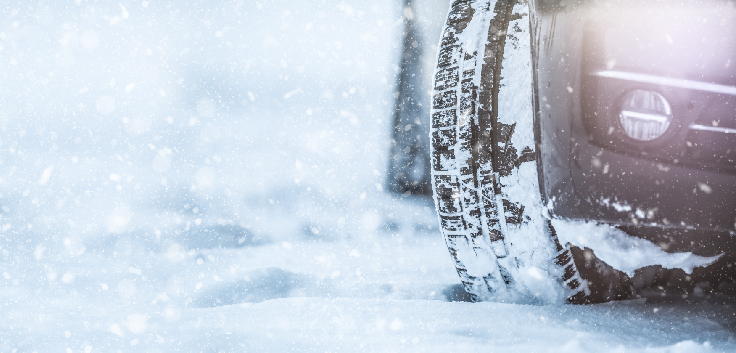Width
Current Selection:
Make
Current Selection:

Driving On Sand: How To Do It Right?
If you are an off-road enthusiast, this blog is for you. Sandy locations are everywhere around us, but not many have the courage to explore and put their vehicles in motion. It doesn’t matter if you are living close to the desert or you just want to blow some steam off during the weekend. Joining the “sand club” is something that can easily become your passion.
However, driving on sand dunes is also dangerous, especially if you get stuck or flip your vehicle over. Not many drivers know that there are a variety of natural conditions that can occur – “wet sand” is a good example of a scenario where the sand seems bottomless and usually needs assistance from other vehicles.
Below, we are listing our guide that will hopefully help you understand the joys of off-road driving on sand before you actually decide to test the desert.

How To Drive On Sand?
Sand is the place where if you get things wrong, you can get it badly wrong. At the same time, it is so much fun, gives you an adrenaline boost, and takes you to awesome places. So, if you like to cruise up the desert with the windows down and the excitement in your chest, you need to learn how.
2WD Vs. 4WD
Vehicles that better perform in the sand are all-wheel ones (4WD). That is simply a fact. However, there are plenty of people going to the desert with 2WD vehicles and good power. The truth is, the risk is greater for ones relying on two wheels only to get in motion, which is why experts recommend getting a 4WD before going for a desert adventure.
Tyre Pressure
The first thing you need to do when driving on sand is to lower your tyre pressure by around 20% (depending on how heavy the load is on your vehicle). This is done so that the sidewalls of your tyres adapt to the sand and help you move easier.
What is important to mention is that whenever you lower your tyre pressure, your 4WD abilities will be affected. Hence, you will need to corner with absolute caution and do it slowly, keeping your vehicle upright.
When the ground gets firmer or firm again, don’t forget to immediately inflate your tires. High speeds don’t like low tyre pressure – it can lead to a blowout or your vehicle rolling over.

Technique
Next in our list is the technique. Good driving technique is needed for any adventure on sand, which is why you should probably do your first test with someone more experienced than you. It doesn’t matter if your transmission is automatic or your vehicle is 4WD – you need to learn how to maintain momentum.
In some cases, even automatic vehicles need to be switched to manual so that the higher revs are kept and the vehicle goes through the soft patches of sand with ease. Also, the size of your vehicle matters. If it’s a lighter model like the Suzuki Vitara, it will have less ground clearance compared to a massive SUV such as the Land Rover Discovery, for example.
Dunes Vs. Sea
For some, off-road means the desert and for others, it means the beach. If you prefer the beach as your playground, make sure that the area has no people around.
The sand that is closer to water tends to be stiffer, while the one in the desert is softer. At the same time, driving on sand near water increases the risk for something known as quicksand – an area of low-lying water, still water, or mini lake under the sand where your vehicle may sink. If that happens, accelerate rapidly and you might drive out.
If you are a fan of off-road driving in the sand dunes, you should know that without momentum, you will rarely get up and over the top. Once you find the momentum and reach the top, you will also experience a blind spot where you stare skywards (this is why experienced drivers fit sand flags on the terrain before driving). Pausing on the top of the dune is important, too – stopping you before the momentum continues and puts you ahead at high speed.

Tyres
Sand driving is fun and challenging. You can drive on firm sand and enjoy it, but there will also be times when the sand is softer and more challenging to navigate.
In any scenario, you need a reliable set of tyres that are designed for sand driving. A good tyre will make a big difference and help the sand behave a bit more solid than it is. Also, the size of the tyre and its structure will create a unique grip that helps you accelerate and turn easier than usual.
Check our collection of off-road tyres by visiting this link and choose your tyre set at the best price!




The information below is required for social login